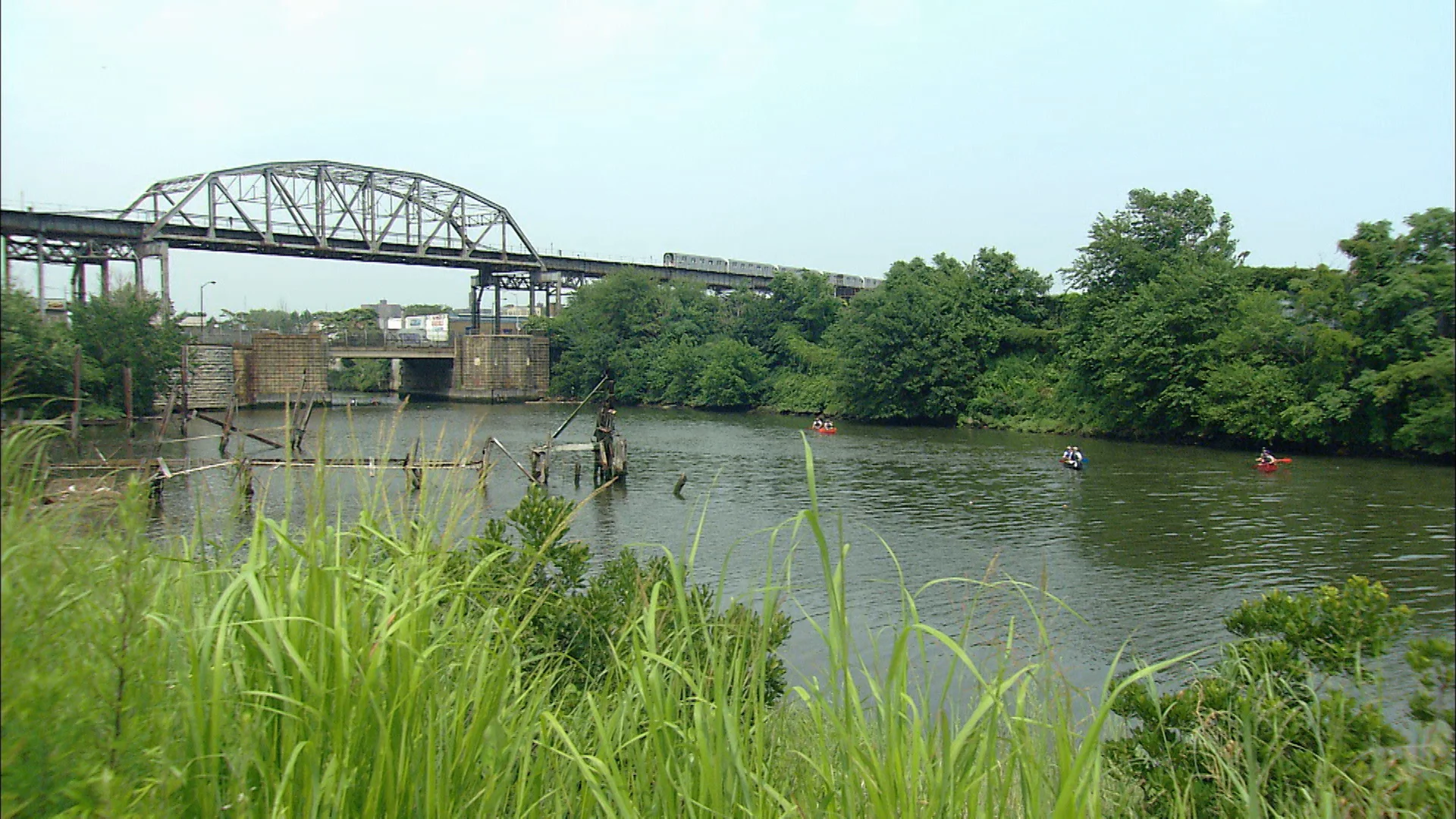Lemurs of Madagascar • Producer
On the world's fourth largest island, and virtually nowhere else, lives an entire "infraorder" of primates: the three dozen or so lemur species. But Madagascar has radically transformed since another primate—humans—arrived two thousand years ago. Rampant deforestation, habitat fragmentation, and other anthropogenic factors are impacting lemurs much faster than evolution can mitigate the effects. Follow American and Malagasy scientists through the country's remaining forests to learn how these compelling creatures are coping with change.
Ranomafana National Park, Madagascar
Learning from Lyme • Director | Producer
Since its discovery in 1975, Lyme disease has become one of the most commonly reported diseases transmitted by insects, ticks or other arthropods. Declining biodiversity may be one factor contributing to the rise in this disease among humans. Preserving a balance of species could be essential in preventing an increase in Lyme disease among humans and may have an impact on other emerging infectious diseases.
Millbrook, NY
Invasive Species • Director | Producer
It's war in many ecosystems around the world as invasive and native species battle for primacy. Facing the increased exchange of ship ballast water among worldwide ports, biologists are grappling with a rate and scale of alien takeovers unprecedented in history. In this video, scientists monitor invasive mussels and crayfish that are stressing the Great Lakes region to learn how to support native populations.
Vilas County, WI and Montreal, Canada
Bronx River Restoration • Director | Producer
In the 1600's, New York City's Bronx River was a drinking water source and a sylvan haven for beaver, oysters and herring. It became blighted as urbanization progressed, reincarnating as an industrial power source, an open sewer, and a garbage dump. Today, landscape ecologists are restoring the waterway's ecology using its history as a reference point.
Bronx, NY



